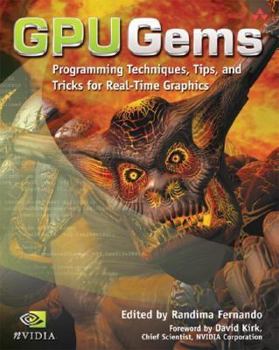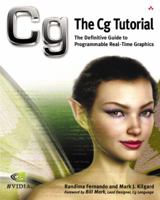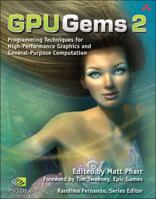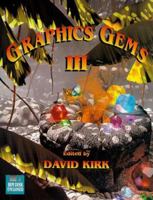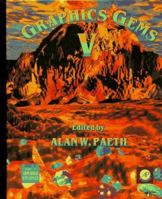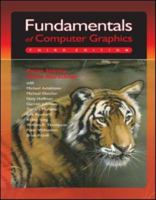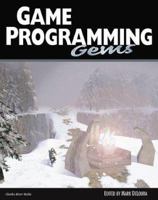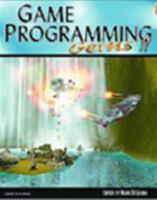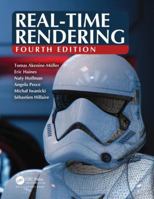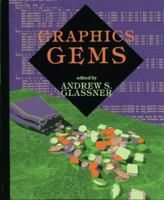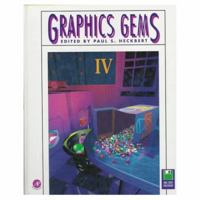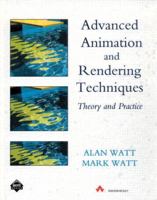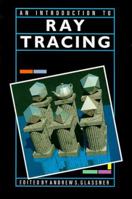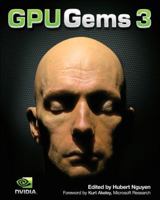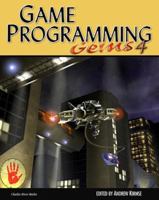GPU Gems: Programming Techniques, Tips, and Tricks for Real-Time Graphics
You Might Also Enjoy
Customer Reviews
Rated 4 starsBroad spectrum of visual tips, techniques and effects!
"GPU Gems" edited by Randima Fernando (Addison-Wesley, 2004, ISBN 0-321-22832-4) is a collection of white papers describing techniques and practical applications useful in today's programmable graphical processing units. The full color hardcover text is 816 pages and includes a CD-ROM that includes working demos and source for most of the articles presented in the book. The text retails for $59.99.The text is divided into...
0Report
Rated 5 starsVery good!!!
One of the rare books I found helpfull, it goes through important details and doesn't stop at junks. This book should be a university reference that teach real-time special effects.I highly advise it to 3D and game programmers.
0Report
Rated 5 starsWow!
Addison-Wesley and nVIDIA went all out on this book. Every page is color. This means all of the code samples, graphics, everything, is in color. This is not only an impressive trick, it also makes a book on computer graphics a lot easier to read. To understand what a particular algorithm is trying to do with color you needn't go to the center of the book, the graphic is right there.The content of the book is somewhat mixed...
0Report
Rated 5 starsA Killer Book for HARD CORE Programmers
Hard core graphics programming is definitely an area that separates the men from the boys. If your idea of graphics programming is making a ball bounce across the screen in Flash or Powerpoint, avoid this book. If you are a die hard programmer with a strong mathematical background looking to create some really kick a33 effects, this book is made for you.The background stuff: There are just under 50 authors that have collaborated...
0Report
Rated 5 starsExcellent!
I can't think of a topic that is more well-suited to a gems-style book than shaders, and given how important shaders have become in graphics and game development, I've been looking forward to this book since it was first announced.The book consists of 42 articles covering techniques available on modern programmable GPUs. The articles were written by the most impressive collection of authors I've seen. Many of them are from...
0Report











